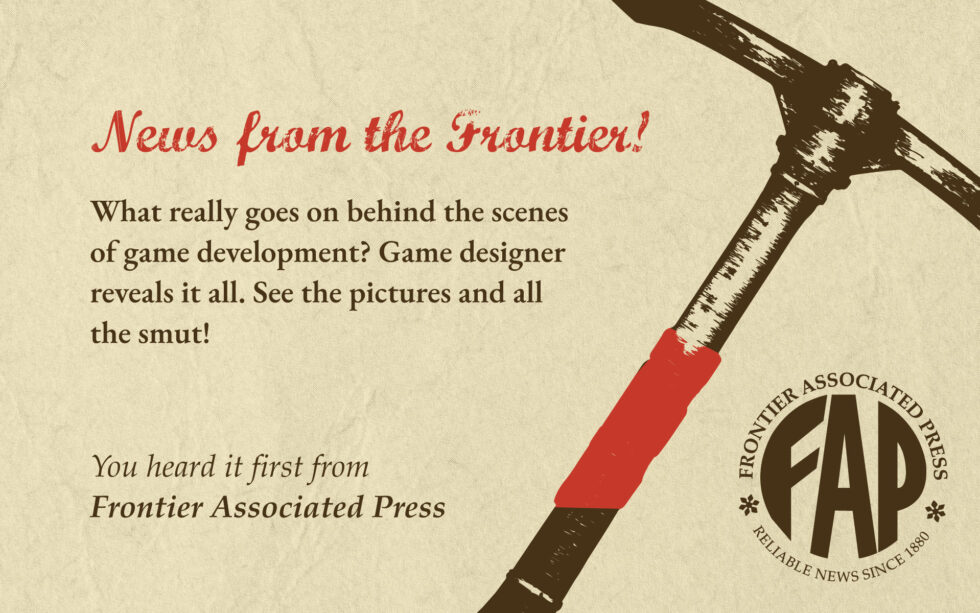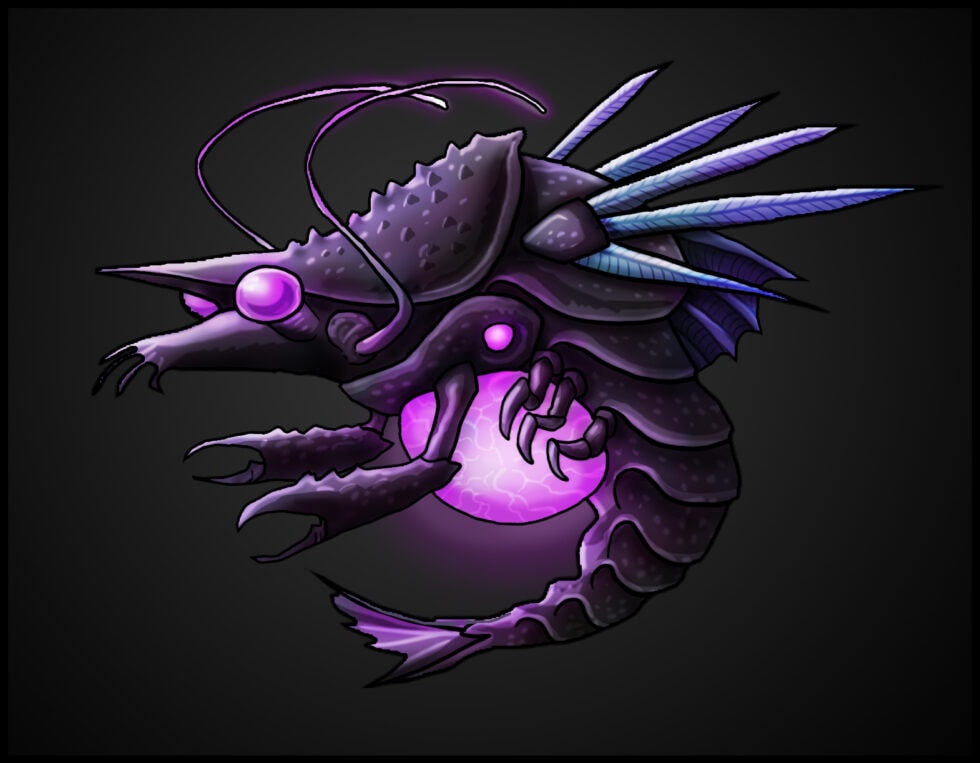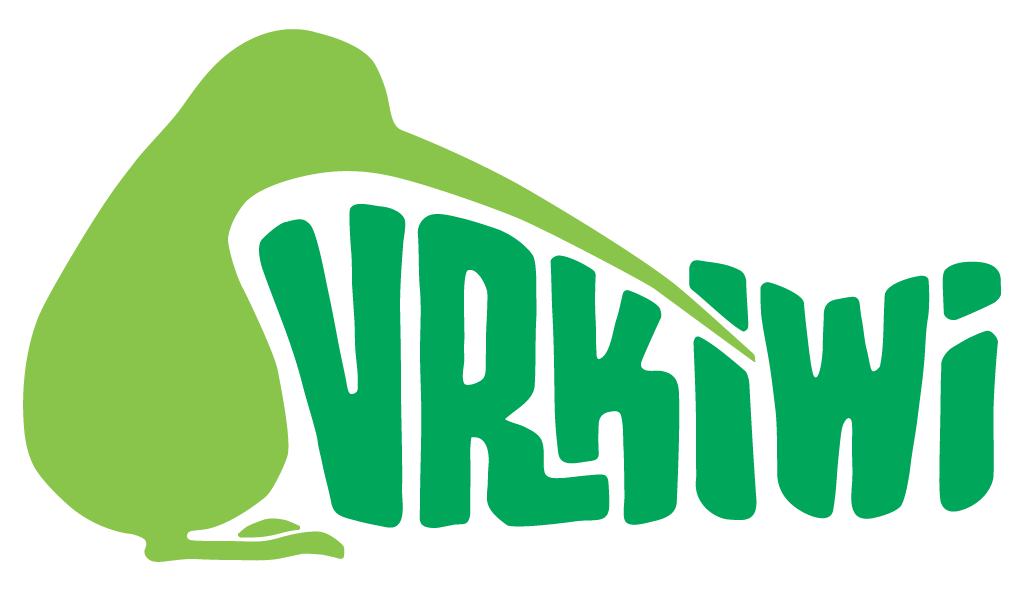
Hey everyone! It’s me again, your friendly neighbourhood game designer. While Jaakko is focusing on some other important business, I figured I’d continue my musings from where I left off last time: designing games for virtual reality. I ended my previous ramble by stating that game design in a virtual reality space is more focused on designing experiences and content rather than designing game systems for the player to figure out and conquer. This time I’ll try to expand that thought.
To begin with, let’s look at the terms I’m using. When I speak of designing game systems, I mean building up rules for the game’s internal interactions. The more abstract a game is, the more focus has to be paid to designing game systems This does not mean that the systems themselves need to be particularly complex, just that they need to be there. Basically, designing game systems usually means rejecting mundane reality and substituting it with something of your own: chess simulates war, but in lieu of how war actually works, we have a game system formed by the rules. This leads to an interesting interaction when you build a game with virtual reality as a platform.
The whole point of VR is to provide an agreeable simulation of reality, so you don’t really need a robust focus on game system design. Which means that as a game designer I can focus on designing interactions, content and experiences instead of building the game’s internal reality and logic from ground up. Virtual reality as a platform means that the player is immersed into the game right from the start, and most likely interacts with it much as they would interact with things in actual reality. So instead of deciding how to create an experience, the game designer’s core job shifts almost entirely to what you want the player to experience.

When going through VRKiwi’s expansive Steam library of reference games, what struck me the most was how simple most of the games and the challenges they contain are. The interactions are easily comprehensible: “grab gun, pull trigger” or “pick up sword, hit orc”. For someone who spends their free time with RPGs (either tabletop or digital) this is both delightfully and confusingly simple. The puzzles are also super simple, relying on the tactility of the medium to provide the experience rather than some complexity in the interaction itself.
This is all wonderfully different from the platforms and genres I’ve worked with before, but not entirely unfamiliar. For if I had to compare designing for a VR space to something I’d actually compare it to designing tabletop RPG content and running a game as a gamemaster. In that space content and experience are king and queen as well, and the rules of the game are there to support your narrative (for the most part anyhow). The difference with VR is the scale of preparation and detail however: in a tabletop RPG you can handwave in anything you need at a moment’s notice, whereas in VR everything in the game needs to be put there beforehand.
And THAT is what you need a game designer for.
Cheers,
AMP
*Thanks AMP! We’ll be mostly offline during the holidays but the blog will continue in January.
Meanwhile, go participate in our contest: https://www.reddit.com/r/CaveDigger/comments/kfivke/cave_digger_2_community_design_contest
Merry xmas everyone! -Jaakko

